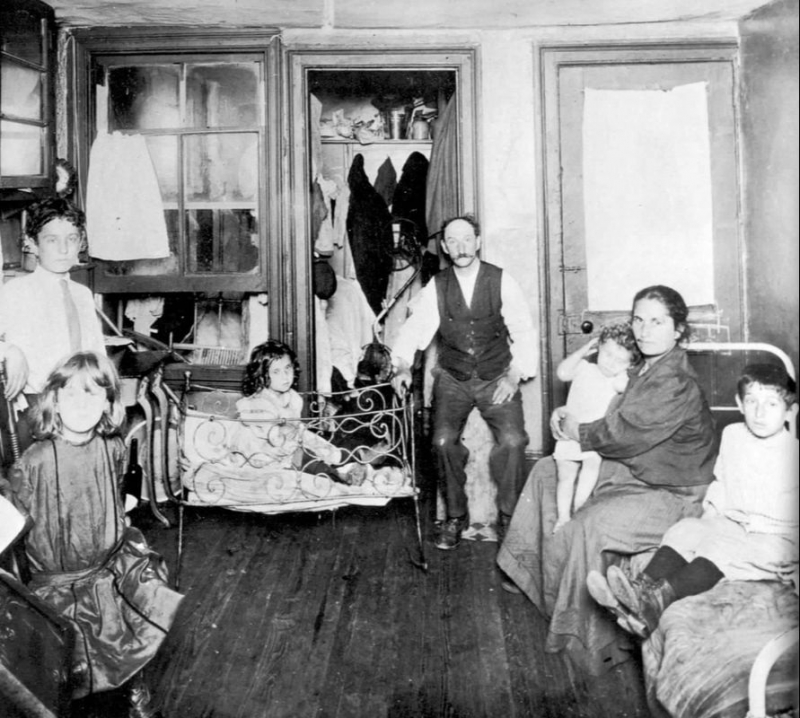Massive Urbanization
One of the interesting facts about the Industrial Revolution is the massive urbanization. The Industrial Revolution was the first time in history that both population and per capita income increased at the same time. According to Robert Hughes in The Fatal Shore, the population of England and Wales increased substantially after 1740, after remaining stable at six million from 1700 to 1740. England's population had more than doubled from 8.3 million in 1801 to 16.8 million in 1850 and had almost twice again by 1901 to 30.5 million. Because of better living conditions, Britain's population increased from 10 million to 40 million in the 1800s. The population of Europe expanded from over 100 million in 1700 to 400 million by 1900.
Since the late 18th century, the advent of modern industry has resulted in tremendous urbanization and the rise of new great cities, first in Europe and subsequently in other countries, as new opportunities drew large numbers of migrants from rural communities into urban areas. Only 3% of the world's population resided in cities in 1800, compared to roughly 50% today (the beginning of the 21st century). Manchester had a population of 10,000 in 1717, but it had grown to 2.3 million by 1911.
The factory was developed at the beginning of industrialization. The industrial system-aided urban growth by attracting a huge number of people who relocated to cities in search of work in the factories. Nowhere was this more evident than in Manchester's mills and allied businesses, nicknamed "Cottonopolis" and the world's first industrial city. Between 1771 and 1831, the population of Manchester increased sixfold. Between 1811 and 1851, Bradford increased by 50% every ten years, and by 1851, just 50% of Bradford's population was born there.
Furthermore, between 1815 and 1939, 20% of Europe's population emigrated, driven by poverty, a fast-rising population, and the displacement of peasant farming and artisan industry. They were drawn abroad by the tremendous need for labor in other countries, the easy availability of land, and the low cost of transportation. Nonetheless, many could not find a fulfilling existence in their new countries, prompting 7 million of them to return to Europe. This vast migration had significant demographic consequences: in 1800, abroad Europeans and their descendants made up less than 1% of the total population; by 1930, they made up 11%. The Americas bore the brunt of this massive diaspora, which was mostly focused on the United States.










